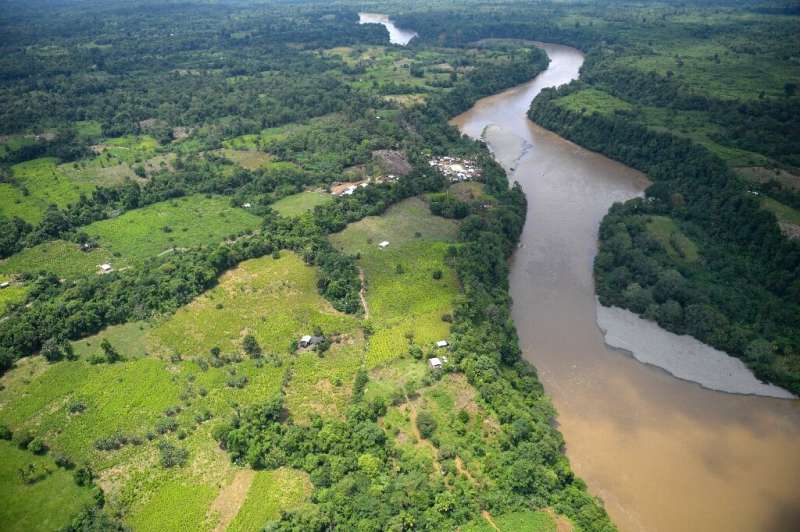Restore soil to absorb billions of tonnes of carbon: study

Restoring and protecting the world's soil could absorb more than five billion tonnes of carbon dioxide each year—roughly what the US emits annually—new research showed Monday.
Last year the United Nations' Intergovernmental Panel on Climate Change said that the world needed to work harder to retain the land's ability to absorb and store planet-warming greenhouse gases and prevent it turning from a carbon sink to a source.
Just the first metre of soil around the world contains as much carbon as is currently in the atmosphere, locking up the CO2 sequestered in trees as they decompose and return to the earth.
A new paper in the journal Nature Sustainability analysed the potential for carbon sequestration in soils and found it could, if properly managed, contribute a quarter of absorbtion on land.
The total potential for land-based sequestration is 23.8 gigatonnes of CO2-equivalent, so soil could in theory absorb 5.5 billion tonnes annually.
Most of this potential, around 40 percent, can be achieved simply by leaving existing soil alone—that is, not continuing to expand agriculture and plantation growth across the globe.
"Most of the ongoing destruction of these ecosystems is about expanding the footprint of agriculture, so slowing or halting that expansion is an important strategy," said Deborah Bossio, principal study author and lead soil scientist for The Nature Conservancy.
She said that soil restoration would have significant co-benefits for humanity, including improved water quality, food production and crop resilience.
"There are few trade-offs where we build soil carbon and continue to produce food," she told AFP.
The IPCC said in August that humanity was facing tough choices between how land—Earth's forests, wetlands, savannah and fields—is used to provide food and material and how it is used to mitigate climate change.
There is simply not enough space to feed 10 billion people by 2050 and limit catastrophic climate change, its 1,000-page study warned.
Agriculture already contributes as much as a third of all greenhouse gas emissions and vast amounts of food are wasted, driving global inequality.
Bossio said governments needed to ensure that agricultural practices seek to provide us with more than just food.
"Shift the incentive structures in agriculture towards payments for the range of ecosystem services, food, climate, water and biodiversity that agriculture can provide to society," she said.
More information: The role of soil carbon in natural climate solutions, Nature Sustainability (2020). DOI: 10.1038/s41893-020-0491-z , nature.com/articles/s41893-020-0491-z
Journal information: Nature Sustainability
© 2020 AFP




















